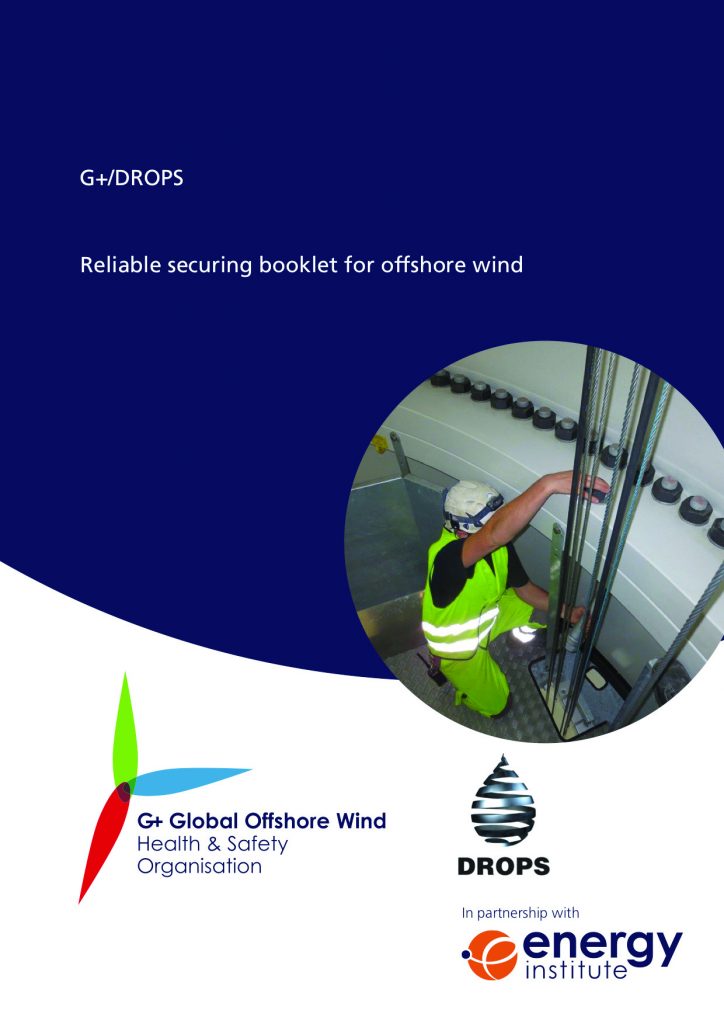The publication of the Reliable Securing Booklet for Offshore Wind by G+, the global health and safety organization for the offshore wind industry, has provided much-needed safety recommendations for wind-farm owners and operators grappling with the risks posed by dropped objects.
This is according to Dropsafe, the global leader in dropped-object prevention. Dropsafe has highlighted that these new guidelines constitute an essential first step in transferring lessons learnt from other high-risk offshore industries such as oil & gas.
Publication of the reliable securing guidelines has come off the back of 2018 safety statistics released by G+, which demonstrate a 60 percent reduction in dropped object incidents on offshore wind farms compared to 2017. This highlights an increasingly diligent response to the risks posed by dropped objects, but the industry still has a long way to go in adopting best practice prevention systems.
 Dropsafe attests that the G+ reliable securing guidelines will address a longstanding gap in industry safety. They will inform sector decision makers not only of the specific dropped-object risks entailed in offshore-wind development and operation, but also — critically — of the prevention systems they should install.
Dropsafe attests that the G+ reliable securing guidelines will address a longstanding gap in industry safety. They will inform sector decision makers not only of the specific dropped-object risks entailed in offshore-wind development and operation, but also — critically — of the prevention systems they should install.
Dropped objects — ranging from loose fixtures to dropped handheld tools and equipment — pose a threat to the safety of personnel, integrity of equipment, financial performance, and, ultimately, the reputation of offshore wind stakeholders. In Dropsafe’s 2018 whitepaper, The Neglected Hazard, it was outlined that, for the offshore wind industry to maintain its fast growth rate, it must be able to show that offshore wind farms are safe places in which to work.
The G+ reliable securing guidelines recommend the use of dropped-object prevention technology, including barrier systems, tethering nets, and pouches, to mitigate the potential risks dropped objects pose. The guidelines are based on those originally developed by safety body DROPS and are a culmination of what has been learned over several years about dropped-object risk and prevention strategy in the offshore oil and gas industries.
More info www.dropsafe.com
























